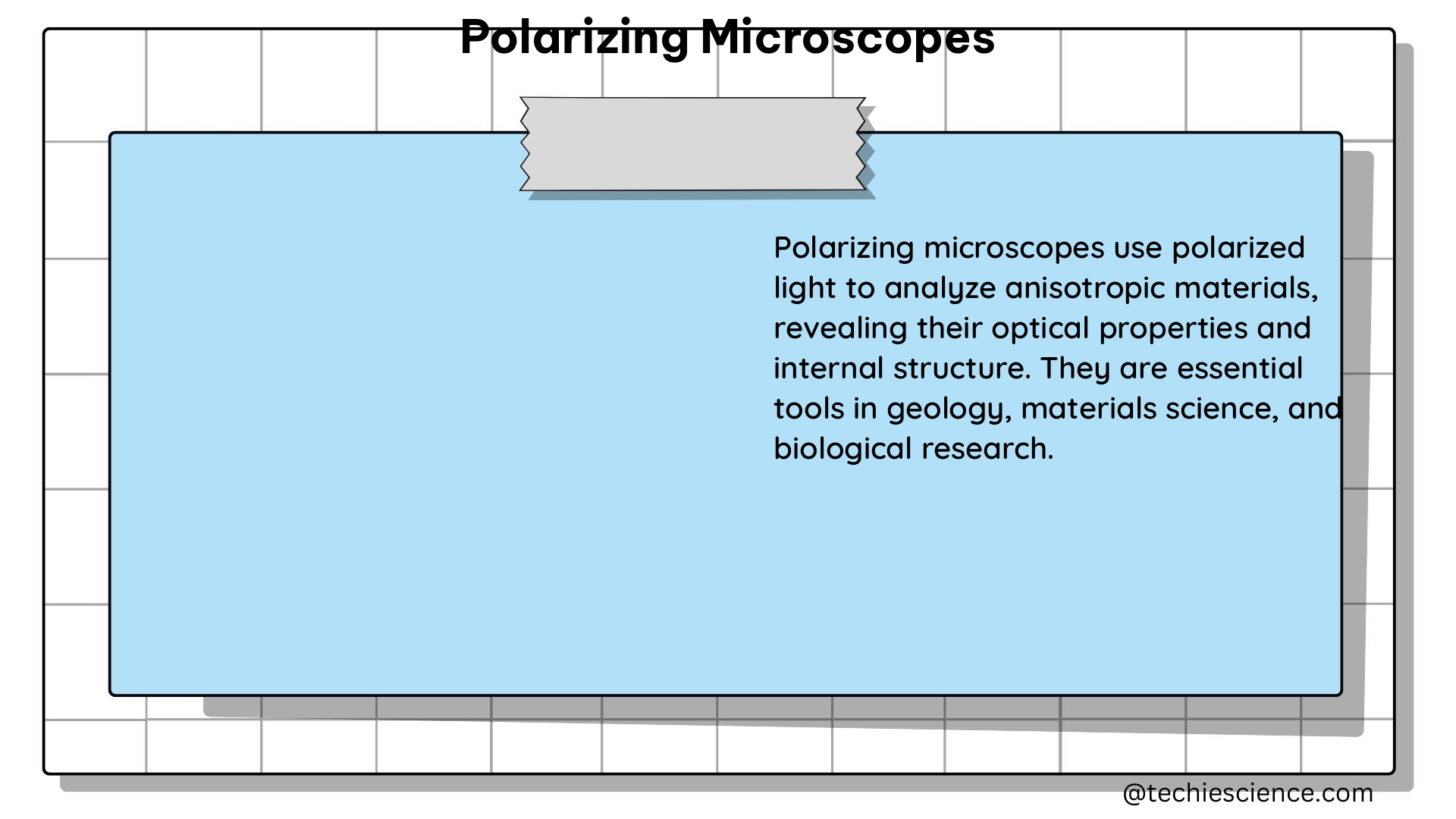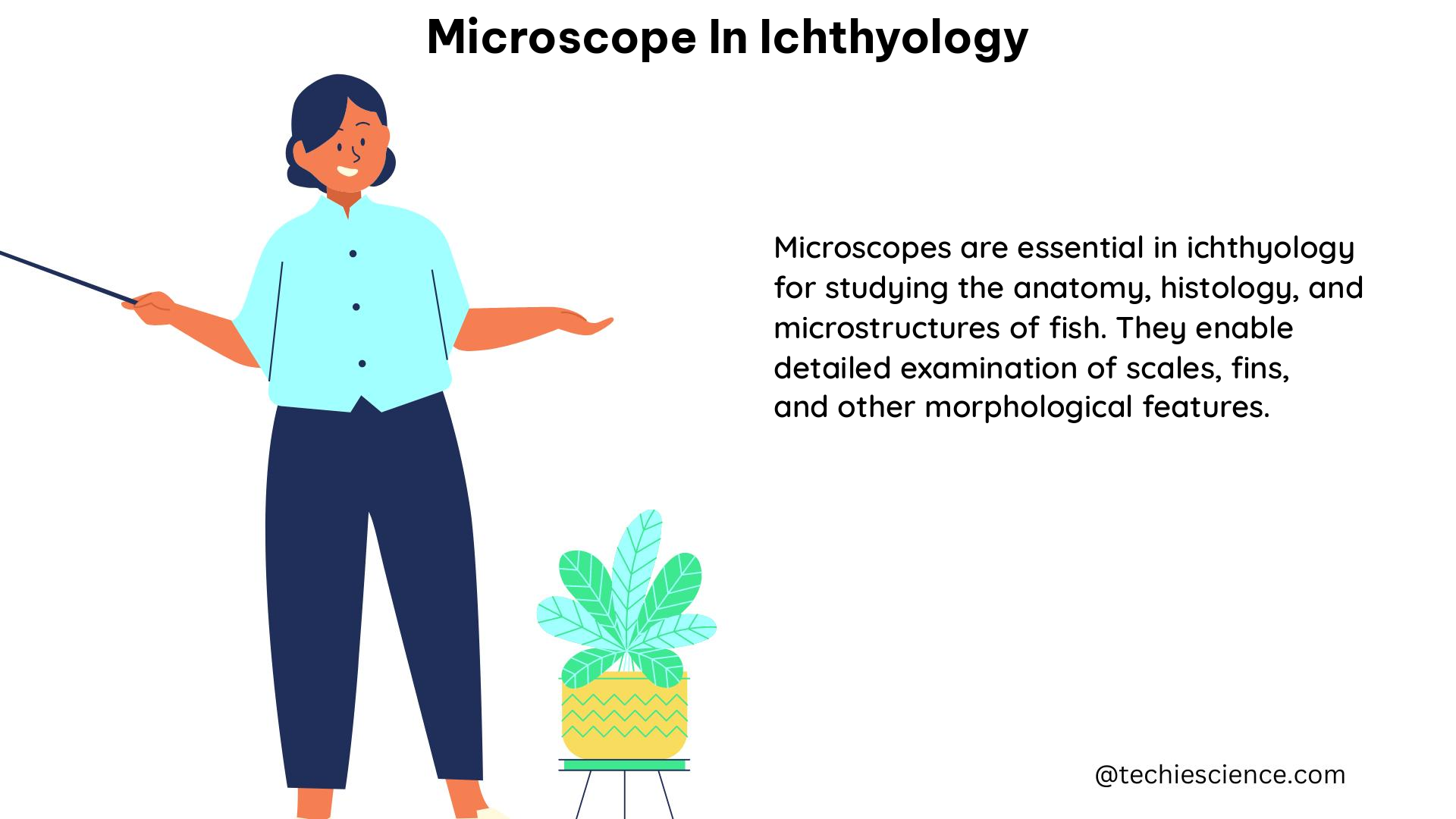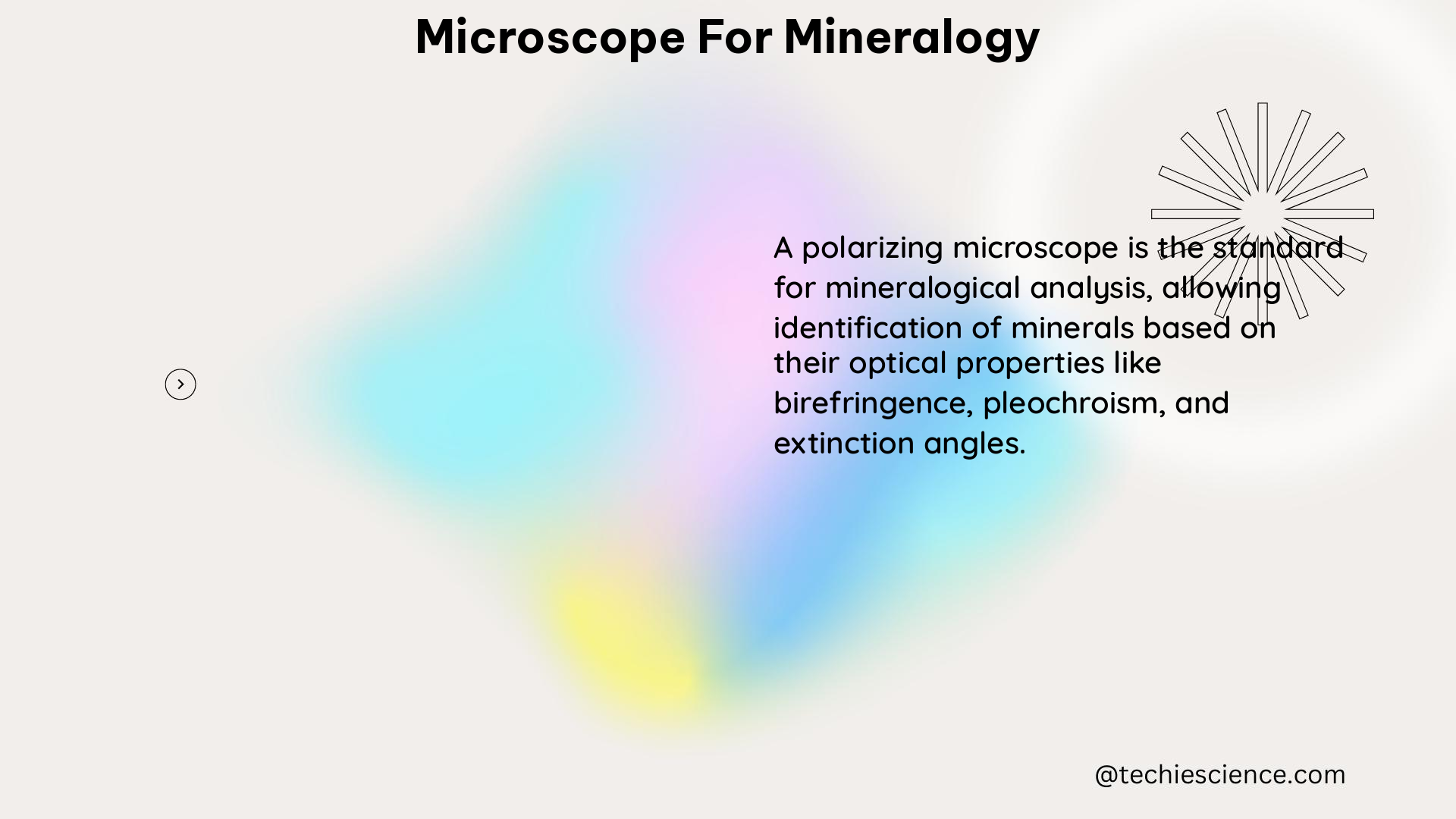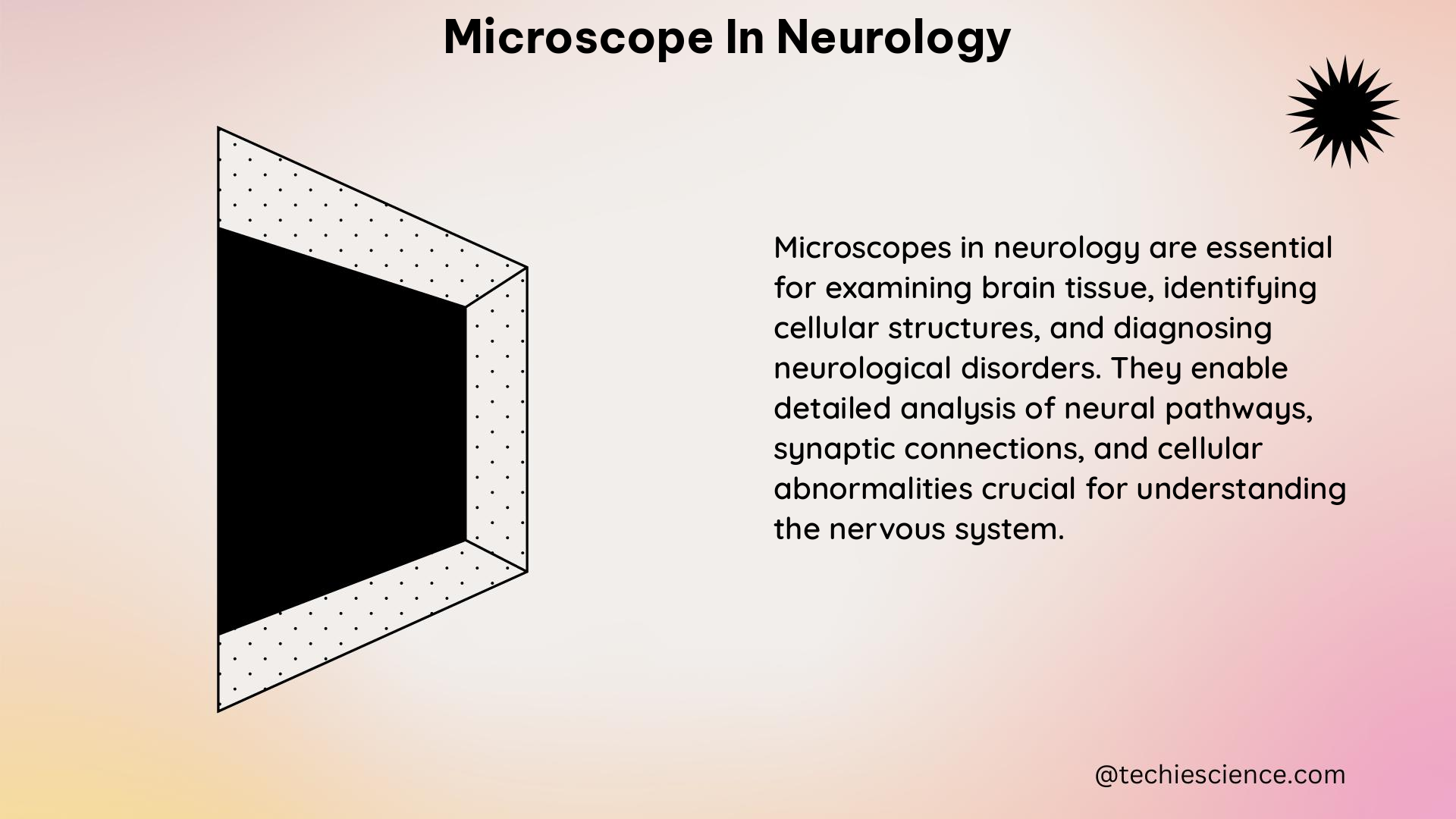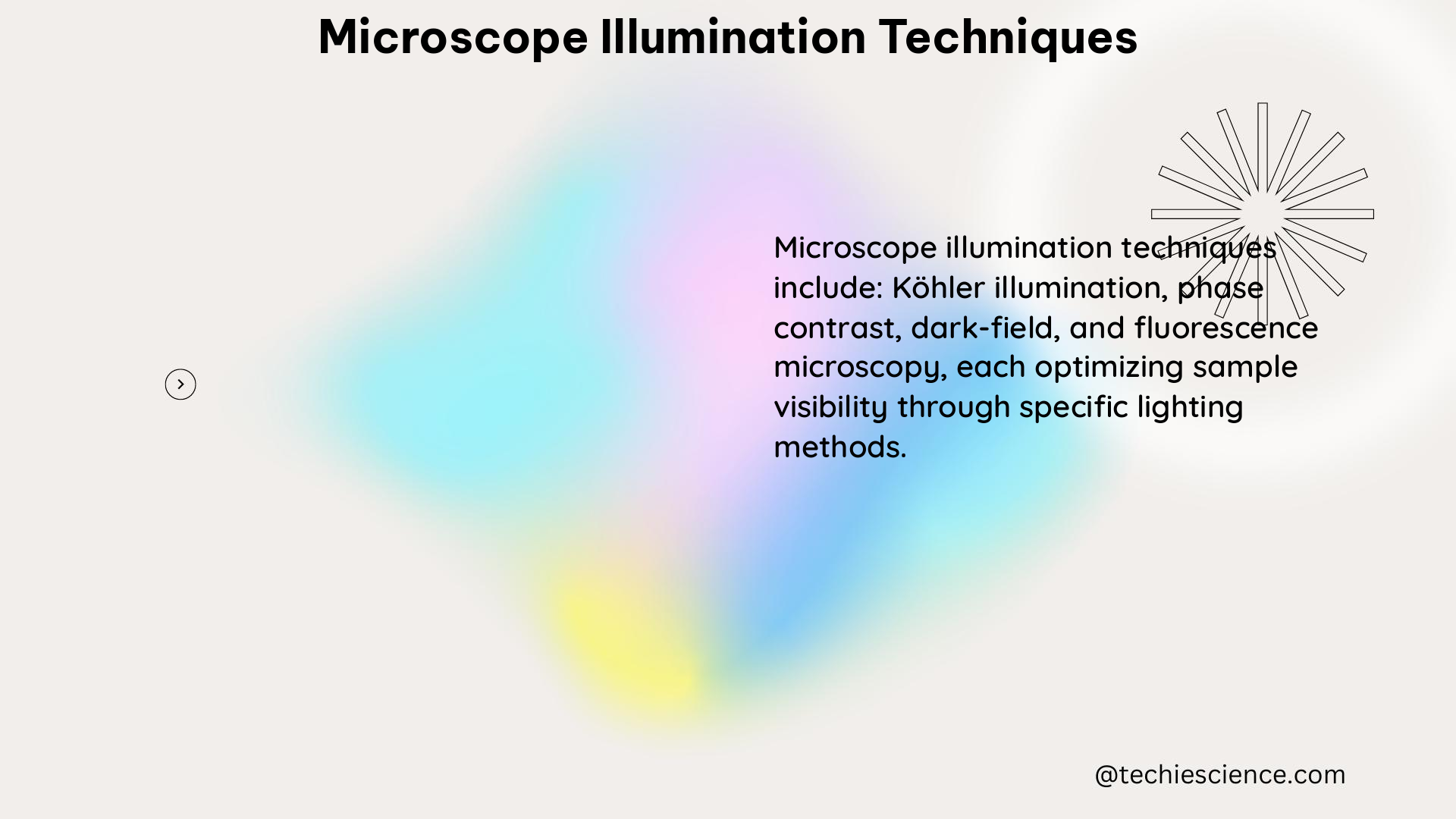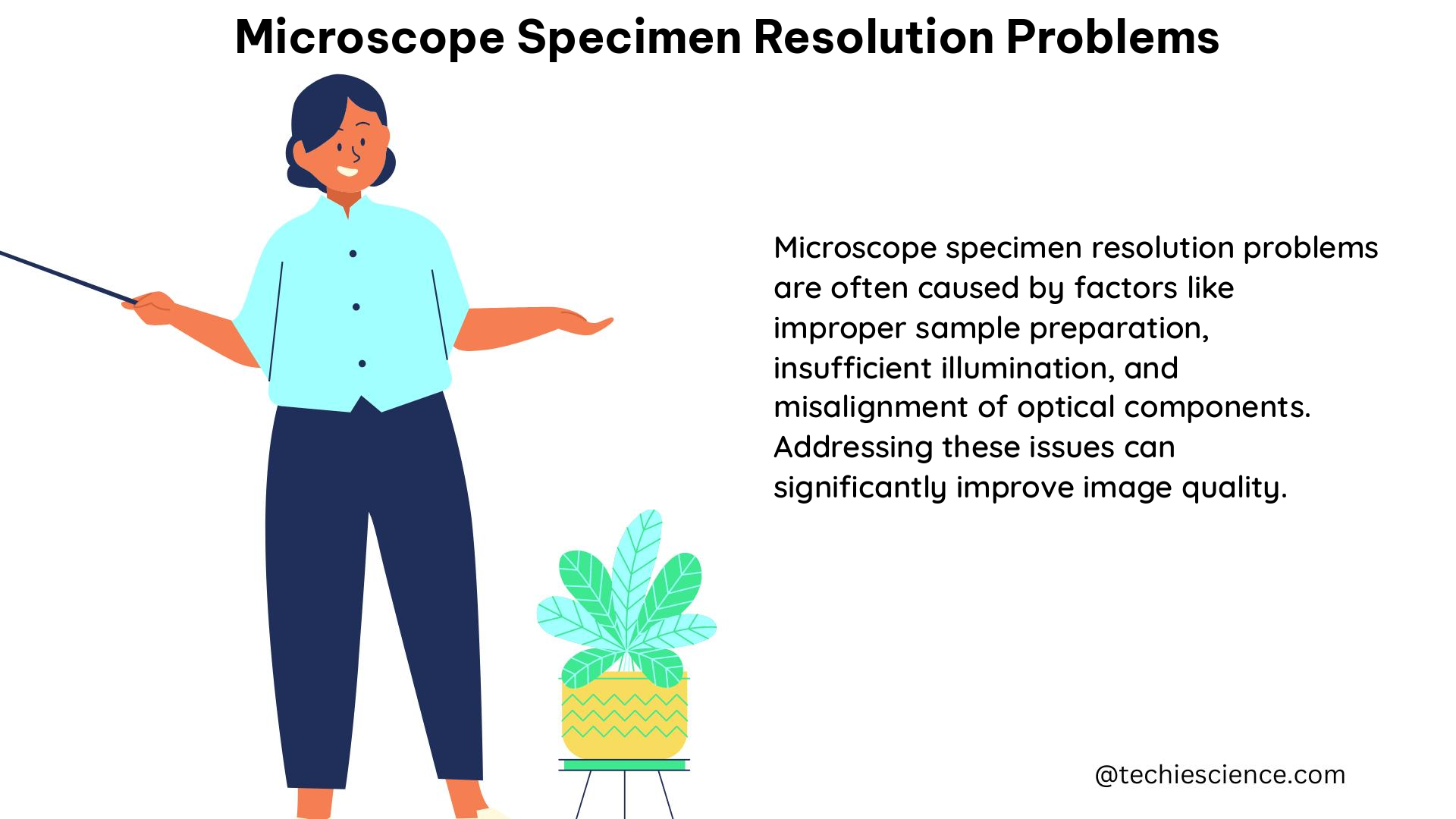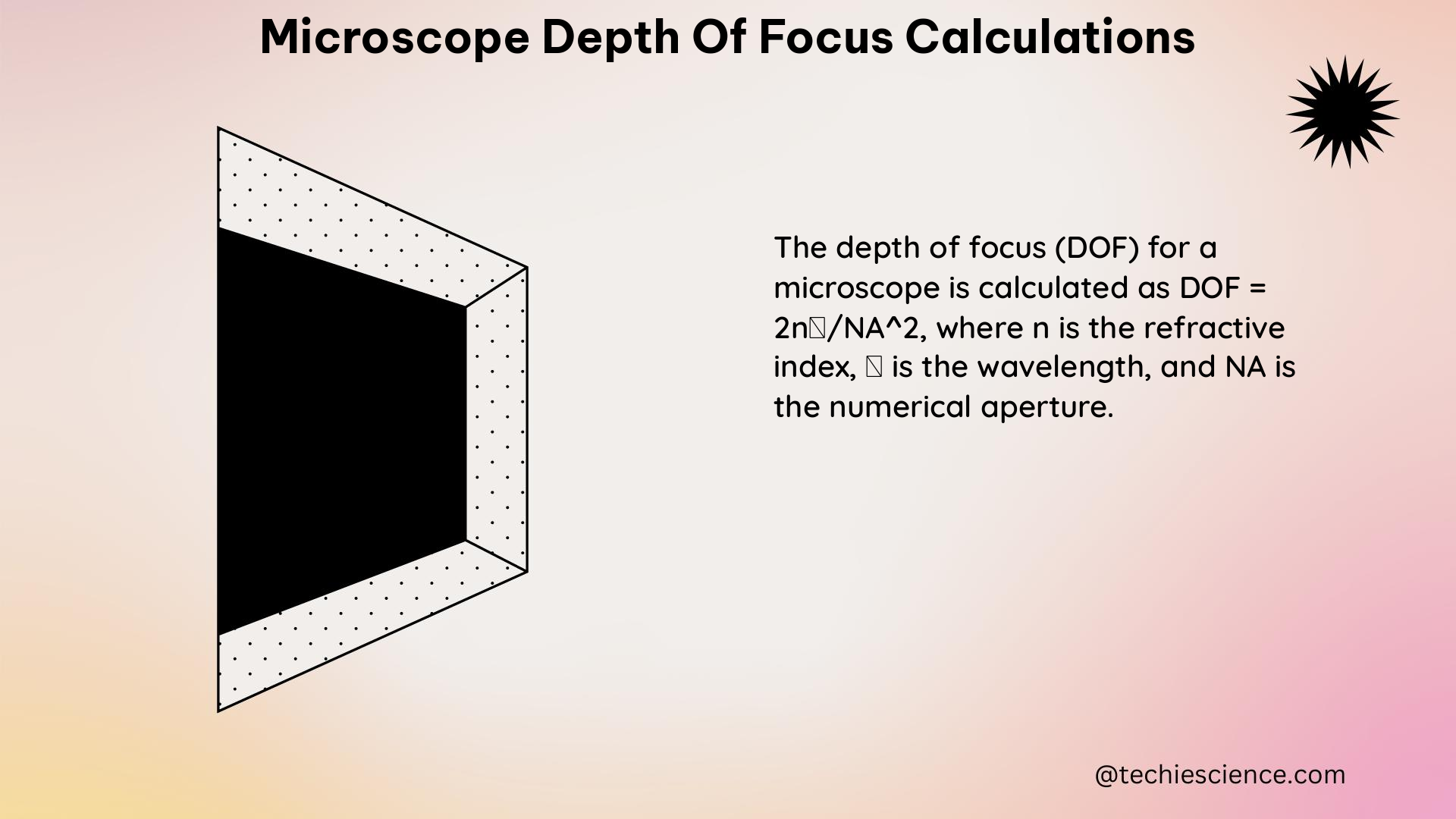Polarizing Microscopes: A Comprehensive Guide for Physics Students
Polarizing microscopes are highly specialized instruments that utilize polarized light to observe and analyze optically anisotropic specimens. These microscopes are equipped with unique components, such as a polarizer, analyzer, and retardation plates, which enhance the contrast and visibility of birefringent materials. The interaction of plane-polarized light with a birefringent specimen produces two individual wave components, … Read more
